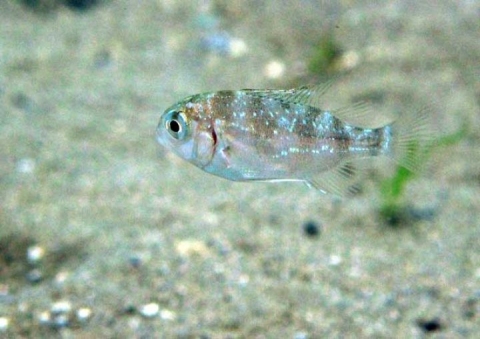PDF of this article (90 KB)

Building neural networks to protect shellfish farms

One of the big risks in shellfish aquaculture is that poor water quality can compromise the safety of the product. Mussel and oyster farms are particularly susceptible to episodic contamination of coastal waters when catchments flood or sewage systems overflow. To ensure the safety of their product, farmers take regular water and flesh samples.
NIWA is developing a tool to predict faecal contamination at oyster farms. This will enhance existing product-safety programmes by alerting farmers when it is necessary to suspend harvest to avoid contaminated product getting to market, and it will also reduce unnecessary downtime. Readings of waves, turbidity, salinity, temperature, and associated weather information (wind and rain) are fed into the tool and a corresponding prediction of contamination is produced.
The tool is based on a neural network, which is a computer program that approximates the operation of the human brain. Neural networks are particularly adept at detecting complex and subtle patterns in data and uncovering links between inputs (in our case, rain, waves, turbidity, and so on) and outputs (faecal contamination). The neural network teaches itself to make better predictions as the archive of past data grows. This is potentially important, because it means that the longer a system is in operation at any one farm, the better it will get at making predictions. On the other hand, before a system can be implemented at a new site, a certain amount of 'set up' input data will be required for the neural network to learn enough about the new site to be able to make good predictions.
We are using two years of environmental data to build a neural network for oyster farms at Clevedon and Mahurangi. The neural network ultimately will run on a computer in the farm office. Each time a prediction of faecal coliform level is required, the tool will be updated with the latest input data, and a prediction will be made for coliform level at that time. If the predicted coliform level exceeds some trigger level (which is independently set), then some action will be taken, which might include suspending harvesting.
For further information, contact: Dr Malcolm Green, 0-7-856 1747, [email protected]
Scientists to get really fast Internet
Have you got broadband at home? Imagine being able to download stuff almost 400 times faster. NIWA’s chief executive, Dr Rick Pridmore, is a director of a government-owned, not-for-profit company which is creating an ultra-high-speed broadband network.
How fast? When New Zealand’s 'Research and Education Advanced Network' is up and running, it could take just 13 minutes to get 10 gigabytes (10,000,000,000 bytes) of data. That’s the equivalent of getting 2 million text-only emails or 2000 3-minute mp3 files in 13 minutes.
But don't get your hopes up – the network is not for home use; it’s for research and educational institutions. Scientists and other researchers need this 'pipe' for situations where they need to shift very large files without delay, or interact in real time with people, data, or equipment elsewhere in the world. This could include such things as downloading satellite data or animations from weather forecasting models, accessing DNA databases, or even running a complex experiment in another country.
New Zealand’s advanced research network will be managed and maintained by TelstraClear and its subsidiary, Sytec. TelstraClear is laying the fibre-optic 'backbone' of the network to which institutions will connect.
About 40 countries already have similar networks. New Zealand will be linked with Australia and the west coast of the United States, so researchers can connect with the other high-speed networks internationally.
The advanced network is due to be in service later this year.
For further information, contact: Charles Jarvie, Advanced Network Implementation Manager, 0-4-471 5390 [email protected]
